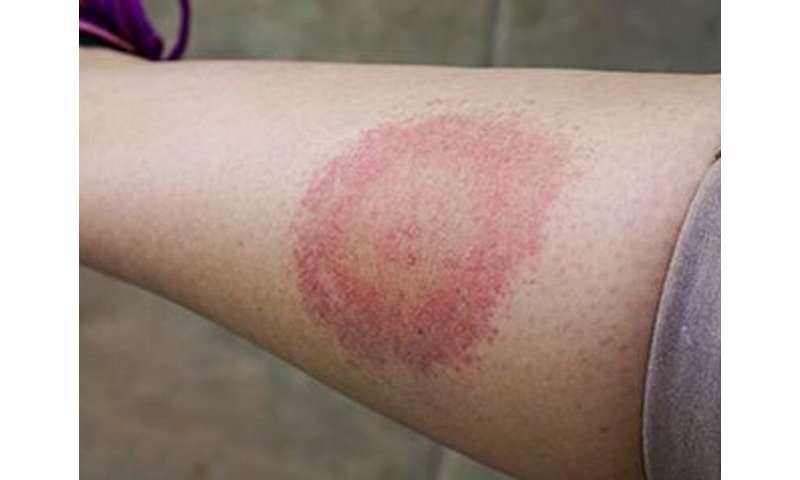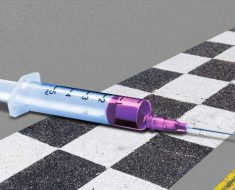
(HealthDay)—In new evidence-based clinical practice guidelines, published online Nov. 30 in Clinical Infectious Diseases, recommendations are presented for the prevention, diagnosis, and treatment of Lyme disease. The guidelines were developed by a multidisciplinary panel led by the Infectious Diseases Society of America, the American Academy of Neurology, and the American College of Rheumatology.
Paul M. Lantos, M.D., from the Duke University School of Medicine in Durham, North Carolina, and colleagues summarized recommendations related to diagnostic testing, detailed recommendations for Lyme carditis, and chronic Lyme disease.
According to the report, individuals at risk for exposure should implement personal protective measures, including repellants to prevent tick bites and removal of attached ticks. The removed tick should be submitted for species identification. Prophylactic antibiotic therapy should be given to adults and children within 72 hours of removal of an identified high-risk tick bite; oral doxycycline is recommended within 72 hours of tick removal for high-risk Ixodes species bites in all ages. Intravenous ceftriaxone, cefotaxime, penicillin G, or oral doxycycline are recommended over other antimicrobials in patients with Lyme disease-associated meningitis, cranial neuropathy, or radiculoneuropathy or with other peripheral nervous system manifestations. Hospital admission with continuous electrocardiogram monitoring is recommended for patients with or at risk for severe cardiac complications of Lyme disease. Oral antibiotics are suggested over intravenous antibiotics for outpatients with Lyme carditis.
Source: Read Full Article





